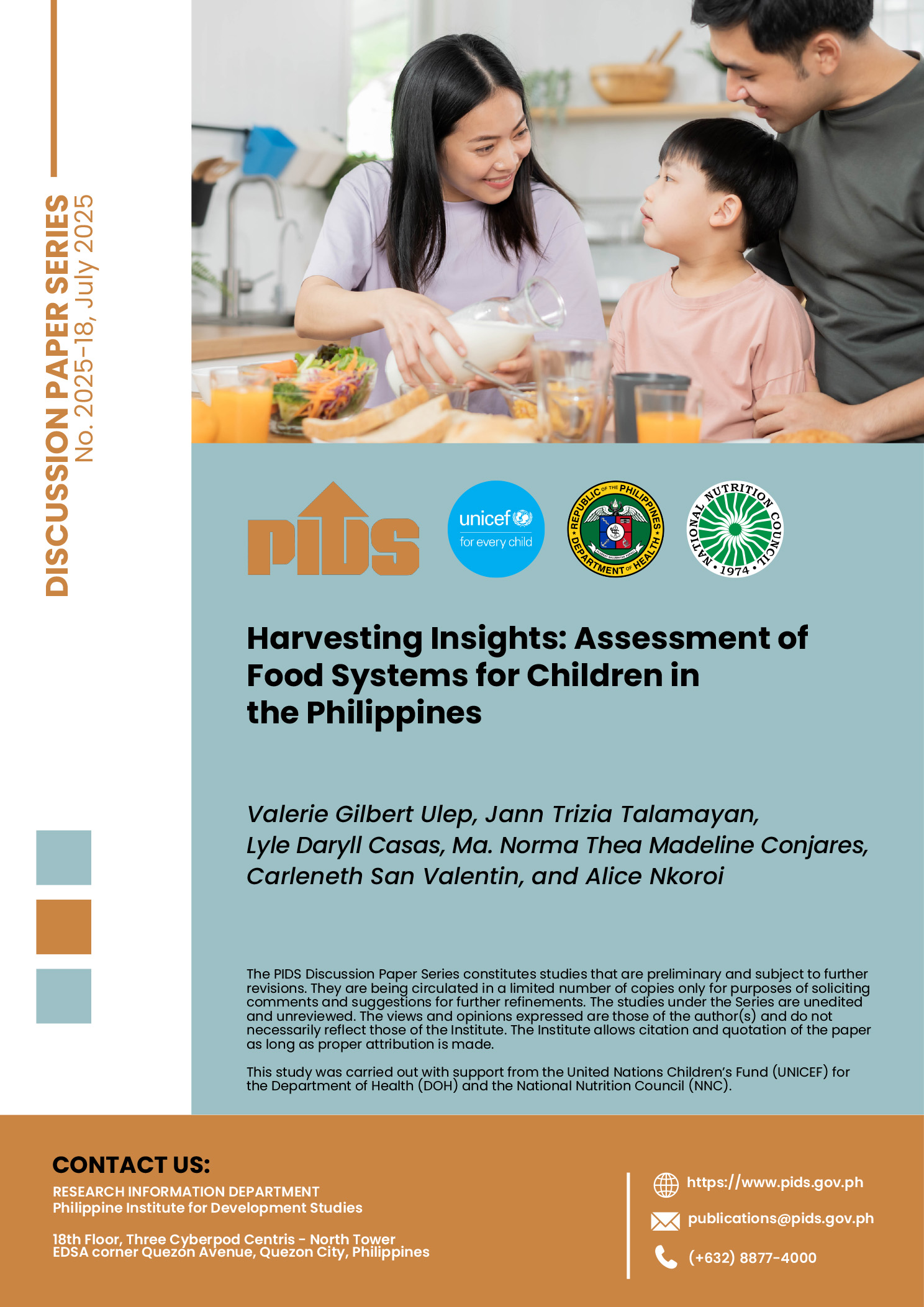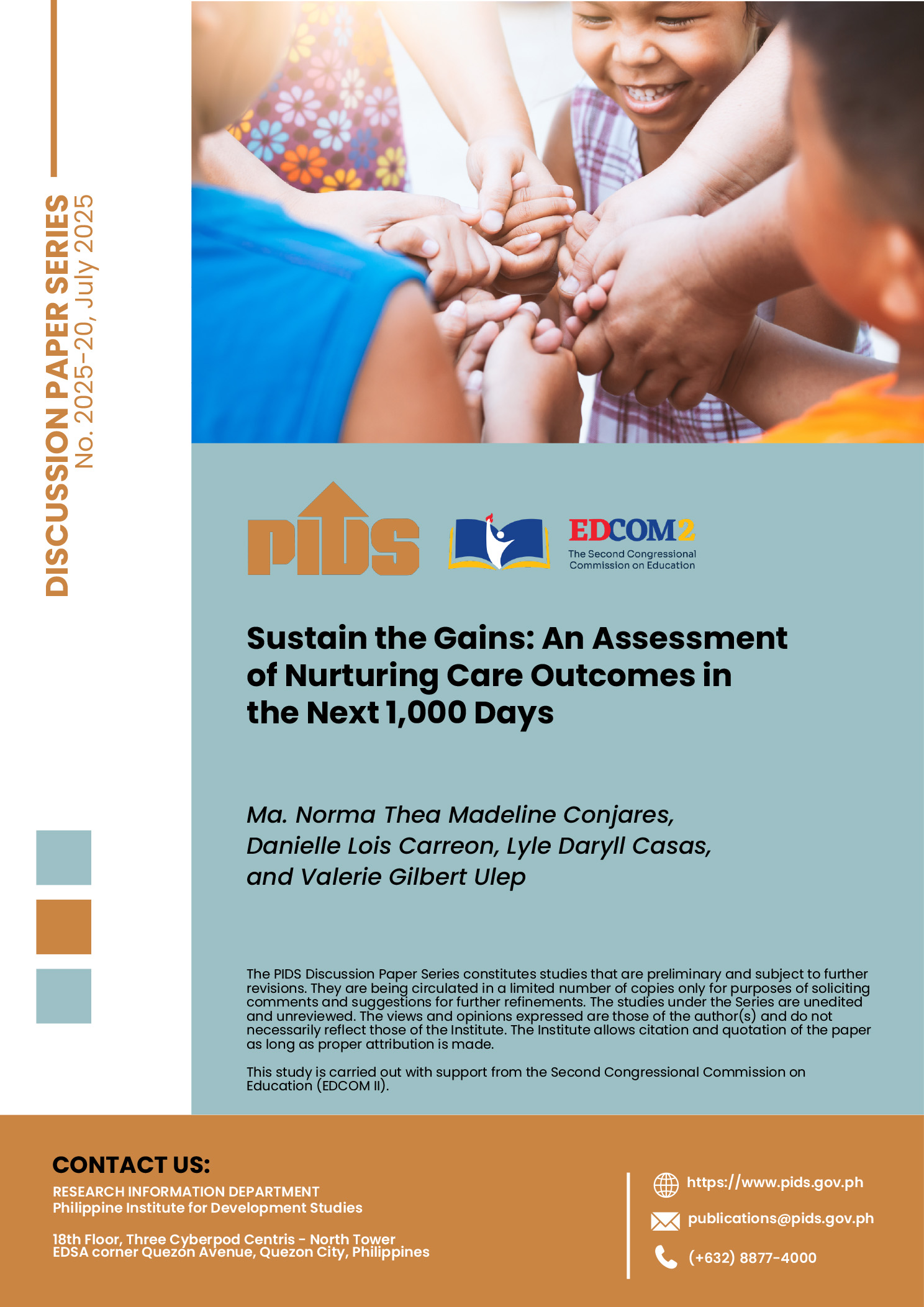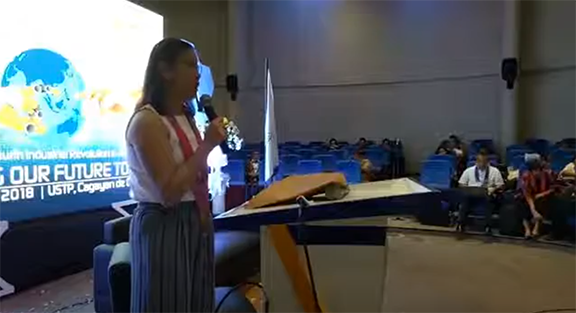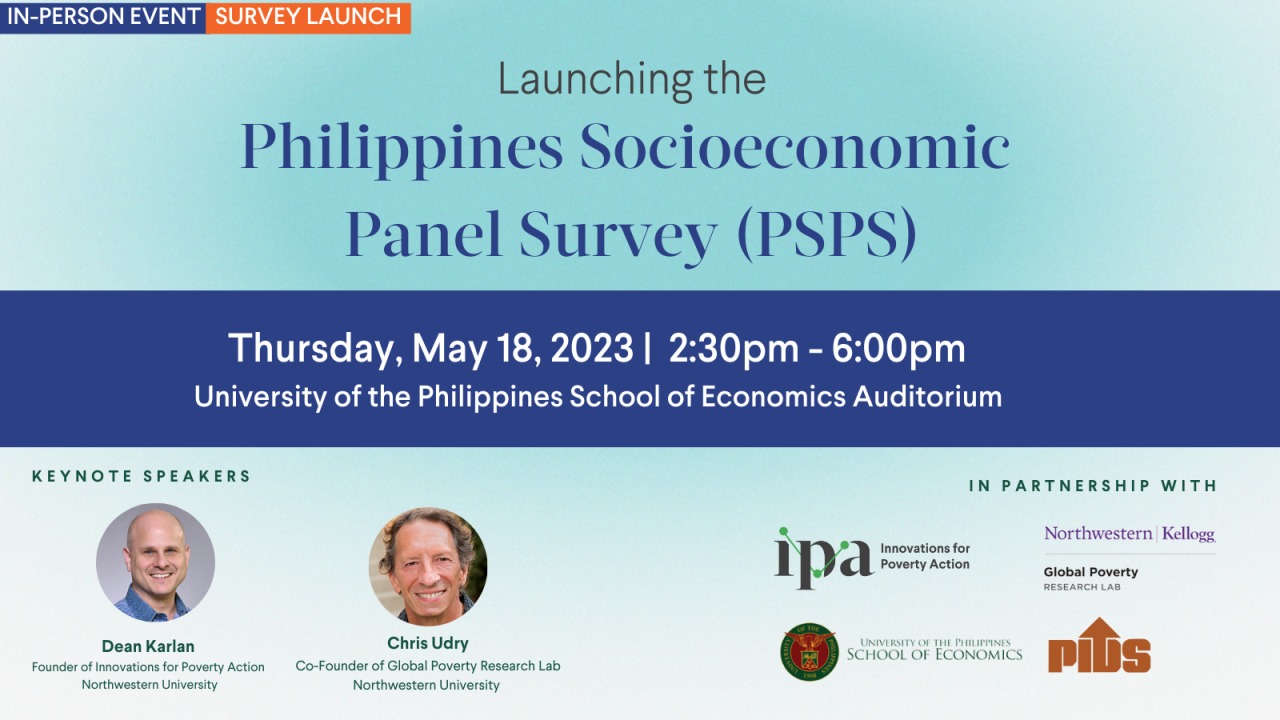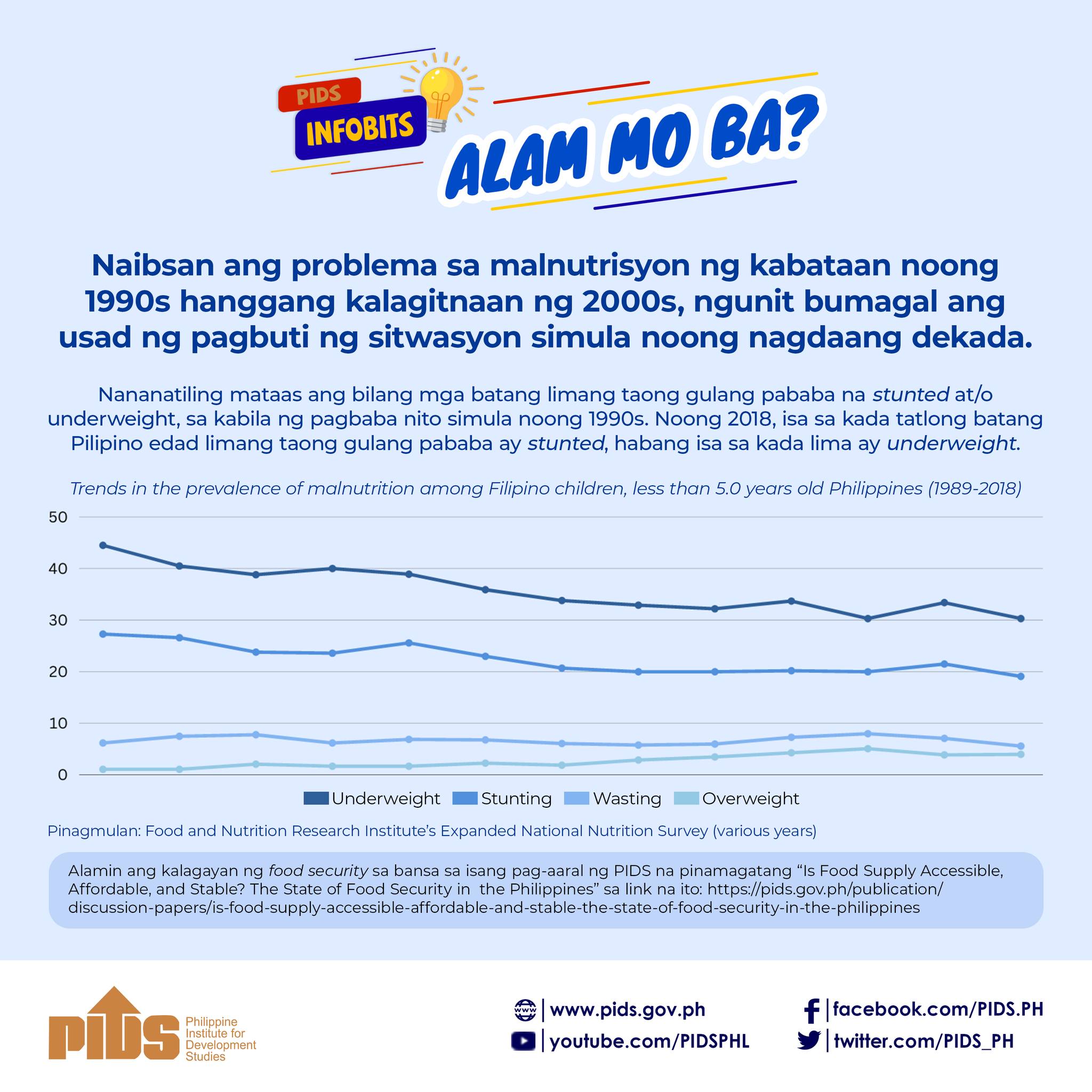THE Committee on Poverty Alleviation of the House of Representatives will hold a conference on child stunting and malnutrition soon after Congress begins its second regular session on Monday.
"We want to address these interconnected problems, along with hunger and poverty, and recommend solutions. We intend to give them top priority," Poverty Alleviation Chairman and 1-Pacman Rep. Michael Romero said on Saturday.
"If we have a large number of malnourished children, that would require a bigger budgetary appropriation for health care and health facilities, depriving other social services like education and infrastructure of much-needed funding," he added.
Malnutrition and child stunting also impede country development and competitiveness, Romero explained.
He also said that his committee aims to invite all relevant government agencies, starting with the Department of Social Welfare and Development and the Department of Health, as well as private sector groups such as the Management Association of the Philippines (MAP) and other stakeholders.
"We want to come up with a holistic approach to solving malnutrition and child development stunting, and of course, poverty, which is the underlying problem," Romero said.
"Of course, these are among the top priorities of both the executive and legislative branches of our government. The food stamps program of President Ferdinand 'Bongbong' Marcos Jr. aims to ease hunger and malnutrition among our poor children and population," he added.
Romero believes that increasing agricultural and food production would be a complementary solution to poverty and malnutrition.
According to MAP, the Philippines is the fifth-most stunted country in East Asia and the Pacific.
It said that rural areas had more stunted children (30 percent) than urban areas (26 percent) in direct relation to poverty levels in regions and provinces such as Western and Southern Mindanao, Mindoro, Negros, Palawan, Samar, and the far north of Luzon.
Stunting rates are highest in the Bangsamoro Autonomous Region in Muslim Mindanao (45 percent) and lowest in Manila and Central Luzon (23 percent).
According to the Philippine Institute for Development Studies, one-third of Filipino children are stunted or chronically malnourished.
It said that appropriate infant feeding is essential between the ages of 6 and 23 months. It recommended increased training for women on child feeding and rearing habits, as well as more access to natal care.


